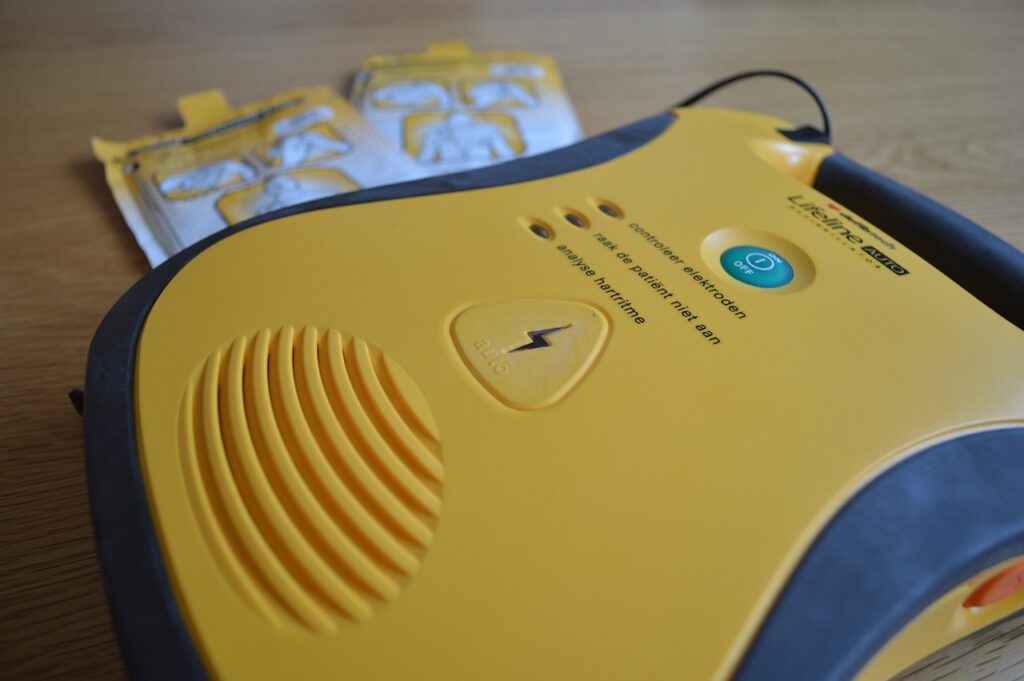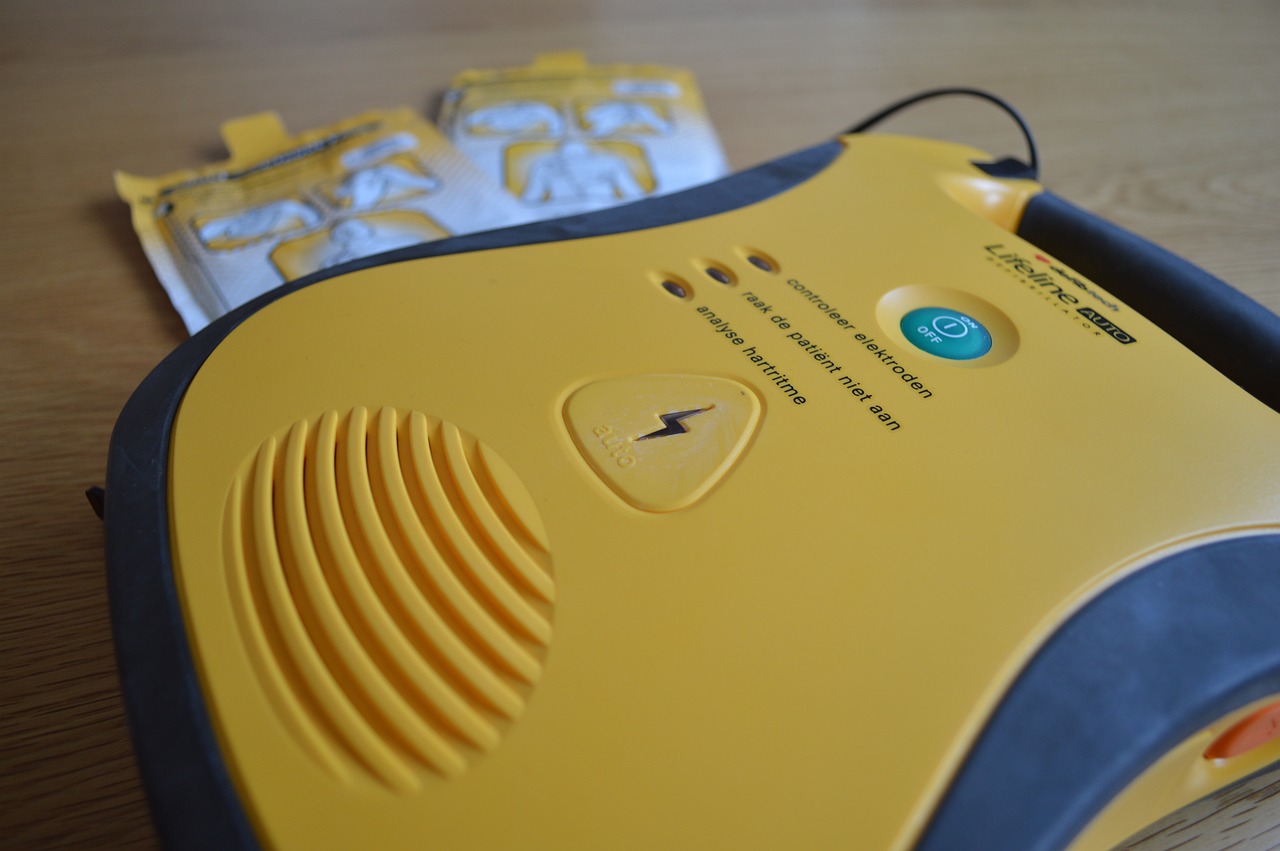Cardiac arrest or Sudden Cardiac death is on the news lately. A lot of death cases have been reported due to this in the recent past and this is especially prevalent in the asian countries. Sadly, this not just affects the older population or patients with a pre- existing heart condition, but also young people (in their twenty’s) and even athletic people. Cardiac arrest or any heart conditions relating to it was once thought to affect the older population. However, it is shocking to see the rise in number of deaths in the young population (30’s and 40’s). Why is it so common? Let’s dive deep into it and understand why.
What is cardiac arrest?
It is a condition where the heart stops beating suddenly. Due to this, there is a lack of blood flow to the brain and other organs resulting in the patient losing consciousness or even death. They are a result of irregular heartbeat or arrhythmias. The beating of heart is controlled by electric signals in the form of sinoatrial node (SAN) and atrioventricular node (AVN). While sinoatrial node is responsible for the electrical activation of the atrium, atrioventricular node is responsible for conducting and channelling the electrical signals to the ventricles and also working as a backup if SAN does not work. A fault in these signals can make the heart beat too rapidly or too slowly in an uncoordinated way. Although in some cases, they are brief and harmless, some arrhythmias can lead to a sudden cardiac death (SCD) or cardiac arrest.
Warning signs to watch out for
Cardiac arrest exhibit symptoms that are different from a heart attack. Three main symptoms of cardiac arrest include:
Loss of consciousness, lack of pulse, lack of breathing
In addition to these a general discomfort in the chest, palpitations or rapid and irregular heartbeats , shortness of breath or fainting could be felt moments before a cardiac arrest.
Loss of consciousness occurs because there is a lack of oxygenated blood throughout the body including the brain, thereby resulting in losing consciousness. But sadly, most Sudden cardiac arrests can occur with no warning.
Causes
The primary cause of cardiac arrest is an irregular heart rhythm called ventricular fibrillation. Erratic signals in the heart can cause the lower chambers of the heart to quiver resulting in a highly disorganised firing of impulses instead of pumping blood. A malfunction in the electrical system in the heart can cause an erratic signal.
When the heart beats at a dangerously fast rate, for instance palpitation, it could result in an SCD.
In addition to these, coronary heart diseases or having a family history of heart diseases may make one more susceptible to a cardiac arrest.
Treatment
There is no known treatment for cardiac arrest. Even if it is, it is symptomatic treatment. Emergency treatment include cardiopulmonary resuscitation (CPR) and attempts at increasing the electrical activity of the heart through automated external defibrillator (AED).

However, it has to be done within the first few minutes of an attack. Some countries have an automatic external defibrillators (AED’s) in public places like train stations, bus stops and schools. They help the public to provide treatment until an ambulance or doctors arrive. Some medications like beta blockers can help prevent cardiac arrest. Despite the available treatments, with each passing minute, the survival rate goes down by a staggering 10%. So, it is best to prevent the disease by seeking immediate doctor’s attention if you are experiencing chest pain. Sometimes, certain medications can cause abnormal arrhythmias. Overall, adopting a healthy lifestyle in order to prevent a heart failure and thereby preventing a cardiac arrest is the right approach.
Risk factors:
- Age: it is very rare in people below 30. However, the main risk factors for younger people are genetics (long QT syndrome), structural problems in heart (dilated or hypertrophic cardiomyopathy) or substance abuse. Older adults are more prone due to underlying heart conditions like coronary heart diseases, heart failure and myocardial infarction
- Gender: although it is more common in men, the risk of increases in women after the menopause stage
- Race and ethnicity: certain races, especially Indians are more prone to cardiac arrests
- Family history: the risk of heart diseases run in the families. Any early unexpected or unexplained death must be reported to the physician when going for a routine checkup. Also, certain genes can be linked to dangerous arrhythmias, especially with regard to problems with the heart’s electrical system
- Medical conditions: respiratory arrest for instance increases the chances of developing a cardiac arrest if they do not get immediate treatment. Additionally, condition like diabetes involving a change in the levels of electrolytes cause cardiac arrest. Also, conditions relating to the heart like heart attack, cardiomyopathy, heart valve disease or any other problems in the signalling of heart increases the risk. Surprisingly, even intense physical exercises can be a major cause. This explains why one can hear a lot of news lately especially in young people.
- Medications: certain medicines including antibiotics and diuretics can worsen arrhythmias.
- Lifestyle: in contrast to the other risk factors, making small lifestyle changes everyday can reduce the risk of cardiac arrest. Smoking, obesity, cholesterol and high blood pressure and having an inactive lifestyle can greatly increase the chance of a cardiac arrest.
Diagnostic tests
Doctors run a few general test along with specific tests for cardiac arrest. This include the following
- Electrocardiogram (ECG)
- Heart MRI
- Blood tests to check for electrolytes
- Ambulatory monitoring
- Echocardiogram
- Cardiac catheterisation
- Electrophysiology study
Types
They fall into four categories. They are:
- Ventricular fibrillation
- Ventricular tachycardia
- Asystole
- Pulseless electrical activity
Heart attack vs cardiac arrest
These two terms are often used interchangeably but they are different.
A heart attack involves the blockage of a coronary artery and therefore that particular area of the heart doesn’t get enough oxygen supply.
A cardiac arrest is where the heart cannot pump blood and therefore cannot supply oxygen tp the organs of the body. The heart cannot pump blood because the electrical signals responsible for the beating of the heart is lost.
Shocking rise in case of cardiac arrest
In principle, cardiac arrest or sudden cardiac death in athletes is very rare, about one in 100000. Younger adults develop them during sports or intense activity. On the same note joggers and marathon runners have a 1 in 15000 or 1 in 50000.
Now that we have seen a glimpse of cardiac arrest, its causes, treatment and risk factors, let’s see why this shocking increase in the rate of cardiac arrest deaths.
The sudden rise in cardiac arrest was a topic of interest and scientists around the globe started to research upon this topic. On that note, a team from Smidt Heart Institute , California found that the culprit could be the covid-19 pandemic. There was a 38% increase in sudden cardiac arrest during the first two years of the pandemic. The overall survival rate of the patients declined from 15.3% to just 10%. This is a direct impact of COVID-19 on cardiac arrest. There was also an indirect effect contributing to it’s spike and in the decline of survival. In fact, a drop in oxygen levels could also cause cardiac arrest and thereby result in death.
Indirect effect of COVID-19: many patients could have delayed their care for preexisting heart conditions owing to the pandemic. Also, bystander CPR declined among all the residents of that region. This could have increased the risk of a cardiac arrest and thereby decrease the survival rate of such patients. It is imperative to seek immediate preventive and emergent care in such situations.
Although studies have focussed on the role of COVID-19 pandemic on SCD, that is not the only reason. For instance, the role of sedentary lifestyle and unhealthy diet, especially the youth cannot be denied. The above lifestyle along with high levels of chronic stress and anxiety causes heart problems like hypertension and coronary heart diseases. These are the prime risk factors.
Despite the stats, we still do not have an understanding it’s exact mechanism. Only the detailed mechanism at a molecular level can help us solve the root cause of this problem. Until then, treatments are purely symptomatic. I would love to know your thoughts on the alarming rise in cardiac arrest in the recent times.


Thanks for sharing!